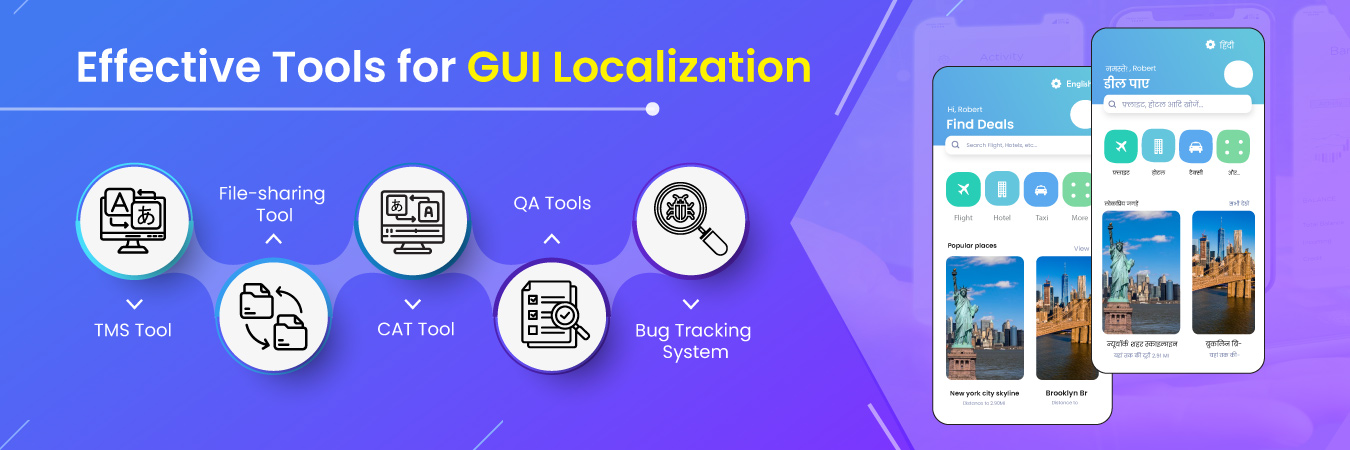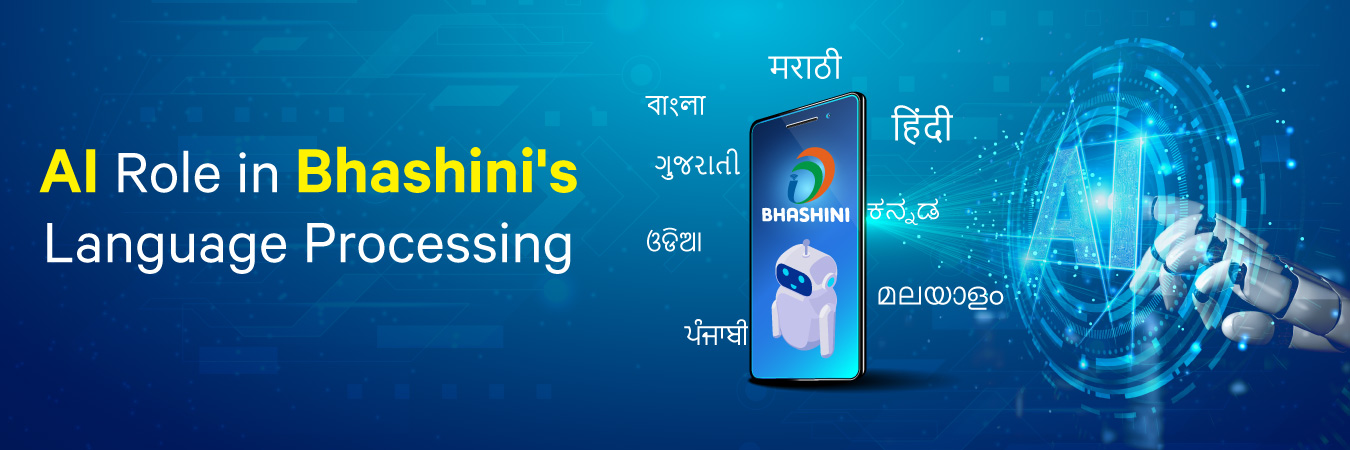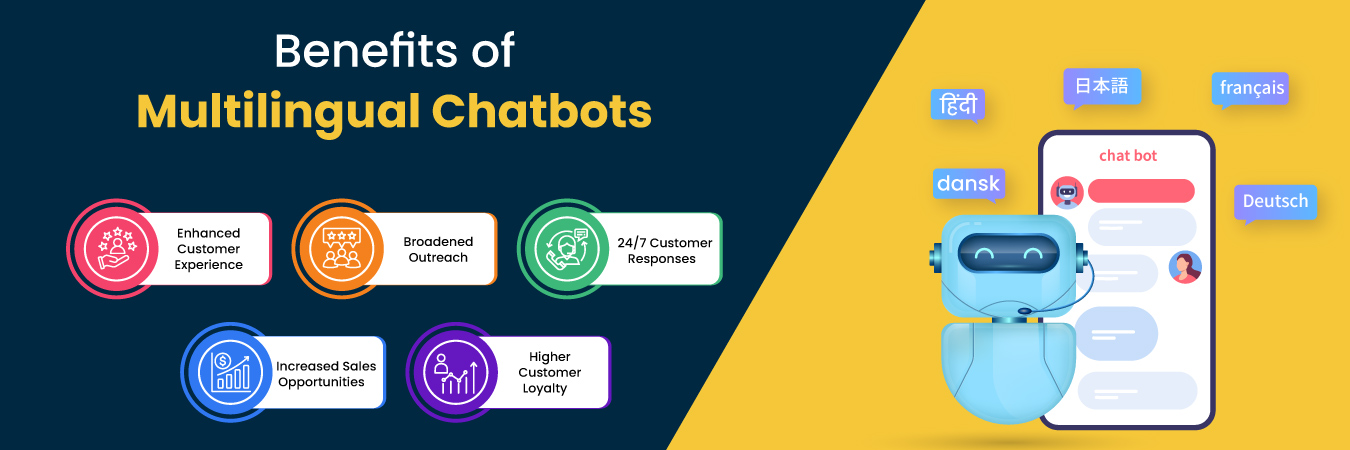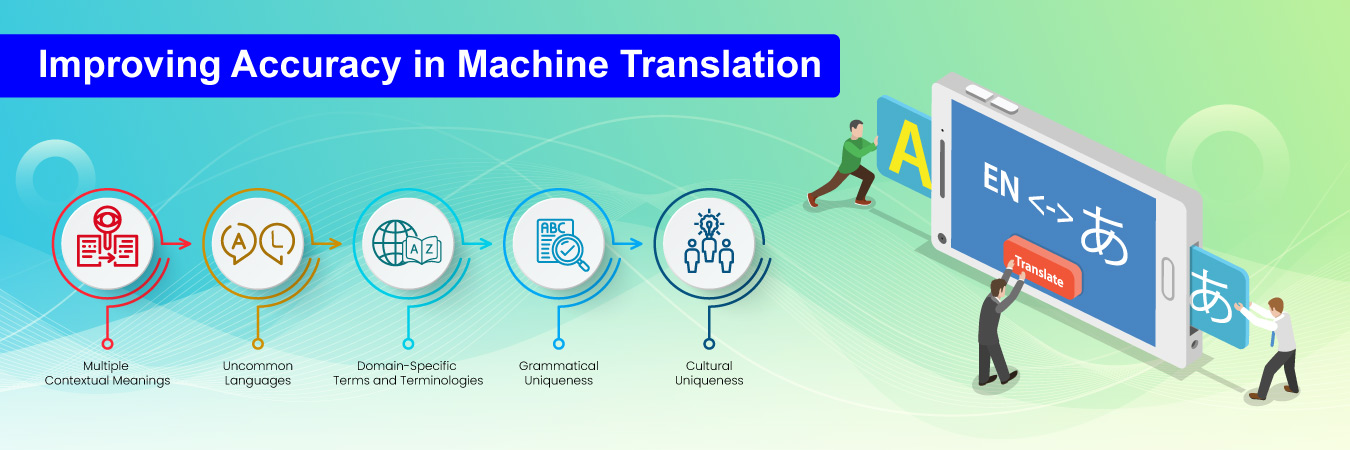
Effective Tools for GUI Localization: Streamlining the Process
Considering its far-reaching impact and benefits, localization isn’t merely a tactical move anymore but a strategy. When you talk about strategy, you need the right tools, technologies, and an organized process that lets you achieve your objectives. GUI (Graphic User Interface) localization isn’t an exception to it. Businesses looking to localize their GUI require the right tools for GUI localization and a partner to do it. While Fidel serves as the latter, let’s talk about six GUI localization tools to do the former.
What is GUI Localization?
GUI localization involves adapting a graphical user interface (GUI) to various languages or regional preferences. It serves numerous purposes. However, making a software application more accessible and user-friendly for a global audience is amongst the most significant ones. GUI localization includes translating and adapting every visible element of an interface. It includes localizing menus, buttons, dialogs, and messages to align with the cultural and linguistic context of a particular target audience.
However, it should be noted that localization isn’t merely a translation. It encompasses a broader spectrum of elements, the collective impact of which makes the product look native. Accordingly, GUI localization considers unique cultural nuances, images, date and time formats, currency symbols, etc., of a particular region. It considers the meaning, context, and implications of various aspects like images, symbols, signs, colors, etc., in various cultures and addresses them during the localization process.
6 Effective Tools for GUI Localization
GUI localization is a broad concept entailing various aspects. Each one has a specialized tool to care of it. Here are six tools you will need for GUI localization.
1. Translation Management System (TMS)
A TMS serves the project management aspect of localization. Managing a GUI localization project may prove overwhelming, especially when you have multiple languages, team members, files, etc. TMS proves helpful in managing various tasks and different stakeholders. It also helps you apply and manage various workflows.
Additionally, a TMS enables you to track the progress of a particular task across various stages, including desktop publishing, translation, editing, and localization engineering to avoid manual work on which the project manager may have to spend their productive bandwidth. Some popular TMSs include Transifex, Phrase, and Plunet.
2. Computer Assisted Translation (CAT)
Pace and accuracy matter in translation as much as they do everywhere else. CAT helps serve the purpose. These tools begin with a clean slate and learn with every additional translation. They remember the data you translated in the past and how you did it. Further, the tools carry that experience in the next project.
However, you must note that CAT tools only aid the translation process and expedite and enhance it. They cannot replace professional human translators. A few widely used CAT tools include memoQ, SDL Trados Studio, and Across.
3. Bug Tracking System
Experienced GUI localization companies have a separate team to perform various tests. A bug-tracking platform assists testers by reporting bugs and errors in translations. Usually, the process creates a backlog for the localization professional who works on the errors per the QA tester’s recommendations. Furthermore, the bug tester helps track progress as the team works on each item. Additionally, a bug track platform can also enable customers to report and track errors on their own. It proves helpful, especially if an organization wants to do it. A couple of popular tools include Redmine and JIRA.
4. Term Base
Translating terms and terminologies is a genuinely challenging aspect of translation and localization. In many cases, terms and terminologies do not have corresponding local words. In such cases, if you transliterate the term, the outcome could be irrelevant!
So, how does a term base help? It is essentially a glossary for specific branding and language purposes. You can save these databases in a universal TBX format. The idea is to use the right words while translating specific terms. A term base helps serve it.
5. Document Sharing and Management
File-sharing tool is an essential aspect of every localization project. Using a file sharing, management, and version control tool proves helpful. As for the latter, these tools show a revision log and provide access to a particular file’s older version. It saves efforts incurred in creating numerous versions of the same file to track changes. Additionally, they enable version comparison. Some common examples include Google Drive and Dropbox.
6. QA Tools
Quality checks are an integral aspect of every localization project. However, in localization, quality checks constitute a broad area, covering a range of elements, including numbers, trademarks, terms and terminologies, abbreviations, etc. Ensuring the accuracy of many of these could give a tough time to localization experts.
This is where QA tools step in. QA tools perform QC for all the above facets. Besides, organizations can get them customized to their brand and domain specifications. While accelerating the quality check process, these tools also ensure comprehensive checks. A couple of popular tools in this regard include Verifika and XBench.
Choose Fidel for GUI Localization – Make a Visionary and Strategic Move!
Only knowing about various tools for GUI localization wouldn’t help. You’d require an expert localization company with experience in localization and access to the required localization and internationalization tools.
Partner with Fidel. We are a global localization company with over a decade of experience in the localization business. Our strengths include a team of localization experts, domain specialists or SMEs, language specialists, access to the latest tools, and a highly customer-centric approach.
Reach us at sales@fidelsoftech.com to explore more about our GUI localization services.
Ref. No – FB01241080
Related Blogs
The Role of AI in Bhashini’s Language Processing
India is a diverse, multicultural, and multilingual country home to thousands of languages. While that’s something for every Indian to be proud of,...
Chatbots Go Global: Mastering Multilingual Chatbot Design and Localization
While going global or venturing into a new market, businesses have a plethora of tasks and responsibilities to fulfill. Some are administrative...
Improving Accuracy in Machine Translation: Techniques and Challenges
Machine translations expedite the pace of translation and help translators deliver projects more quickly. However, machine translation is an...



